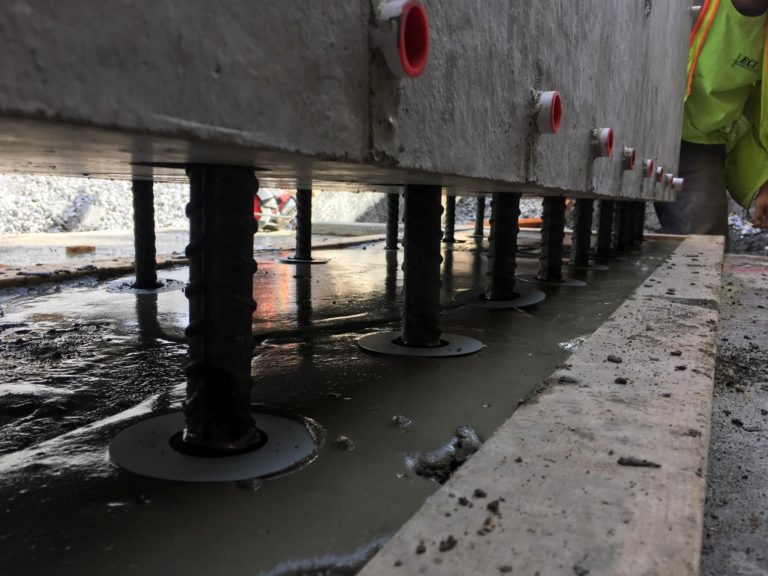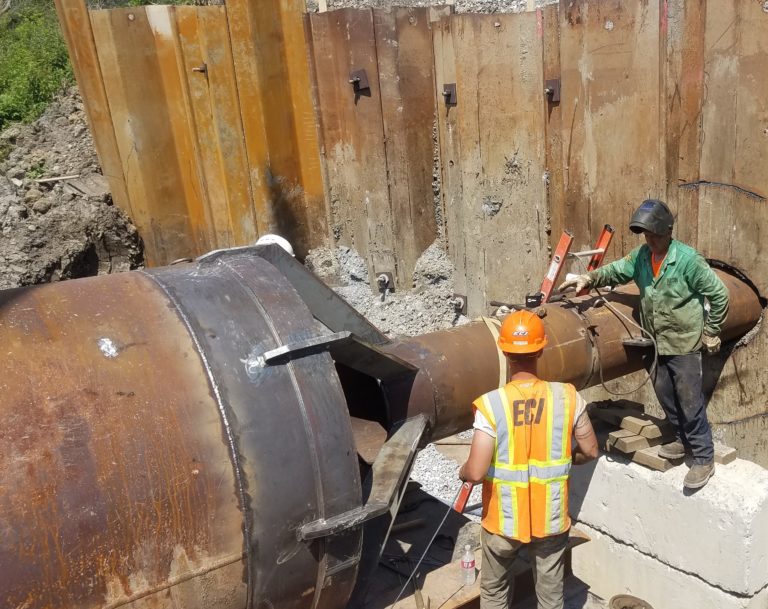
Projects
- Ryegate Culvert Design-Build Replacement Project
- Franklin County State Airport Expansion – 2024
- New Haven – Ferrisburg Trenchless Culvert Project
- Pittsford Rail Bridge Rehab & Strengthening
- Renewable Energy Project – Vermont National Guard 2.2MW Solar Project
- AllSun Solar Tracker Installations
- East Alburgh Bridge Swing Span Automation
- Whipline Gas Bore
- Gentes Road Bridge Rehabilitation
- Hartford Bridge Street Bridge Replacement
- CCTA Downtown Transit Center
- Renewable Energy Project – Rock of Ages 100kW Wind Turbine
- Lime Kiln Substation Retaining Wall
- North Hero-Grand Isle Draw Bridge Emergency Superstructure Repairs
- City of Burlington Municipal Paving Contract
- Interstate 91 Rutfill Project
- Pinkham Notch Conduit System
- Grade Crossing at Rte 142 Vernon
- Bellows Falls Tunnel Clearance Improvements
- Burlington Tunnel Emergency Repairs
- VELCO 115kV Underground Electric Transmission Line
- VELCO & GMP Lime Kiln Substations
- VTrans Intelligent Information System (ITS)
- Vermont State Archive Fire Water Storage System
New Haven – Ferrisburg Trenchless Culvert Project
ECI was the prime contractor to the Vermont Agency of Transportation for the replacement of two existing 50-ft-long culverts and install one new 100-ft-long culvert under the Vermont Railway with active railroad traffic. All 3 culverts were installed by trenchless method using pneumatic driving (ramming) of 72-in-dia steel casings aligned by guided bore method. ECI’s scope of work also included access roads, stream bypass, excavation support to allow excavation deep into the railroad embankment, and installation of both precast and cast-in-place concrete headwall and wingwalls.
The Guided Bore Method (GBM) is a reliable and efficient trenchless process to install a pipe to line and grade. The process begins with the guided installation of a guide tube which can be done by various steerable methods. After the guide tube is installed, the bore is up-sized directly to, or in steps to, the required diameter. The up-sized pipe(s) can be installed by either auger boring, jacking, or ramming technology. In most soil conditions, and assuming that no obstructions are encountered, the larger pipes follow the line and grade of the initial guide tube to provide a near perfect result. Extremely tight tolerances can be achieved although the work typically involves a casing pipe that allows for some adjustment for the smaller carrier pipe lining.
On the New Haven – Ferrisburg project, the trenchless process started with a 5-in-dia steel guide tube installed by horizontal directional drilling (HDD). ECI then used its 14-in TT Technologies pneumatic ramming hammer to upsize the guide tube to a 24-inch-dia steel casing. The final drive was to install the permanent 72-in-dia steel casing driven with a 24″ Hammerhead. The completed culverts were lined with 9-gauge polymer-coated corrugated steel Ultra Flo storm sewer pipe by Contech.
This project was recognized by Trenchless International magazine and featured as its cover article for their Spring 2019 edition for the NASTT No-Dig Show in Chicago. Mr. Tom Loyer of ECI presented a case history technical paper at No-Dig on the project.
















